We had an unusual find on Sange Beach, as we found not one, but 2 chambered nautilus shells, over the past 18 months. Unusual enough that when asked, the local fishermen, had no idea on what they were and had never seen one before. This caused quite a stir among the local fisherman, as to what this strange shell was, and intrigue for us, so we looked for more information about them....
Pollinators at Kijongo
Pollen is how plants reproduce, as pollinators move from flower to flower, they deposit the collected pollen from flower to flower, basically allowing the plants to mate.
What is a Pollinator? 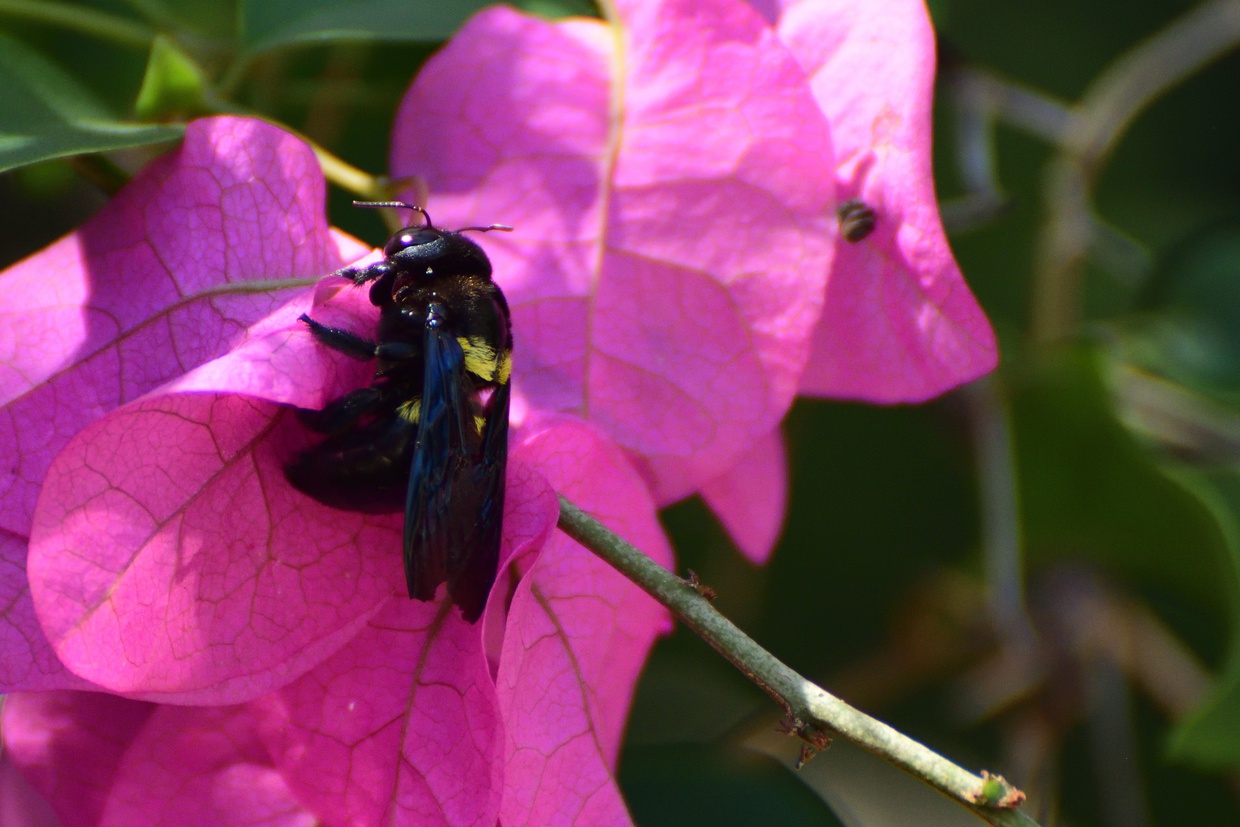
A pollinator is anything that moves pollen from the anther, male part of a flower, to the stigma, the female part of a flower. For most plants to become fertilized and produce seeds, fruit and young plants, this movement of pollen needs to happen.
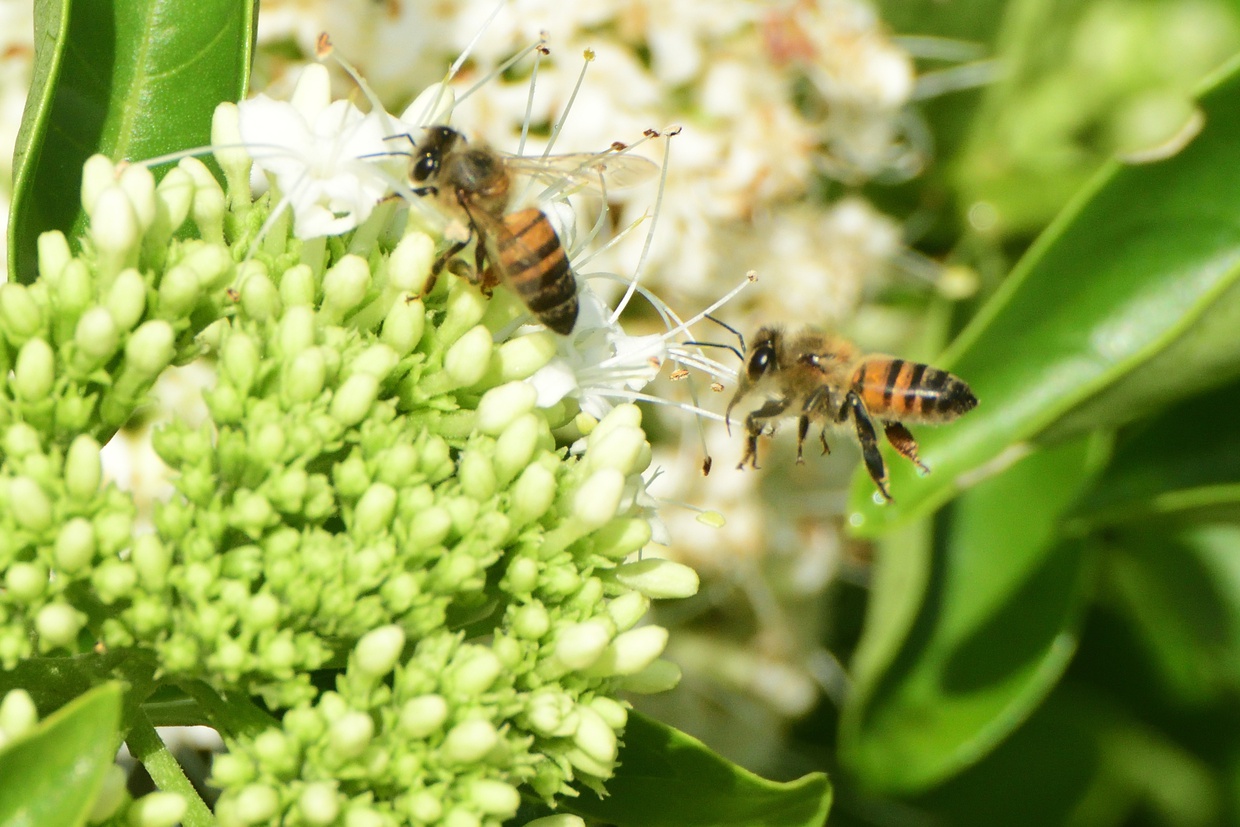
Plants pollinate using various methods; some plants are self-pollinating, and some are fertilized by pollen being carried by the wind and water. However, the majority of plants are pollinated by insects and animals, including but not limited to bees, wasps, moths, butterflies, birds, bats and bush babies.
Some species intentionally collect pollen, like many bee species. Some insects and animals move pollen unintentionally by visiting flowers to feed on nectar, looking for shelter, collecting nest building material, moving through the undergrowth, nesting, and roosting. Pollen sticks to the bodies of these insects and animals and is then transported between flowers.
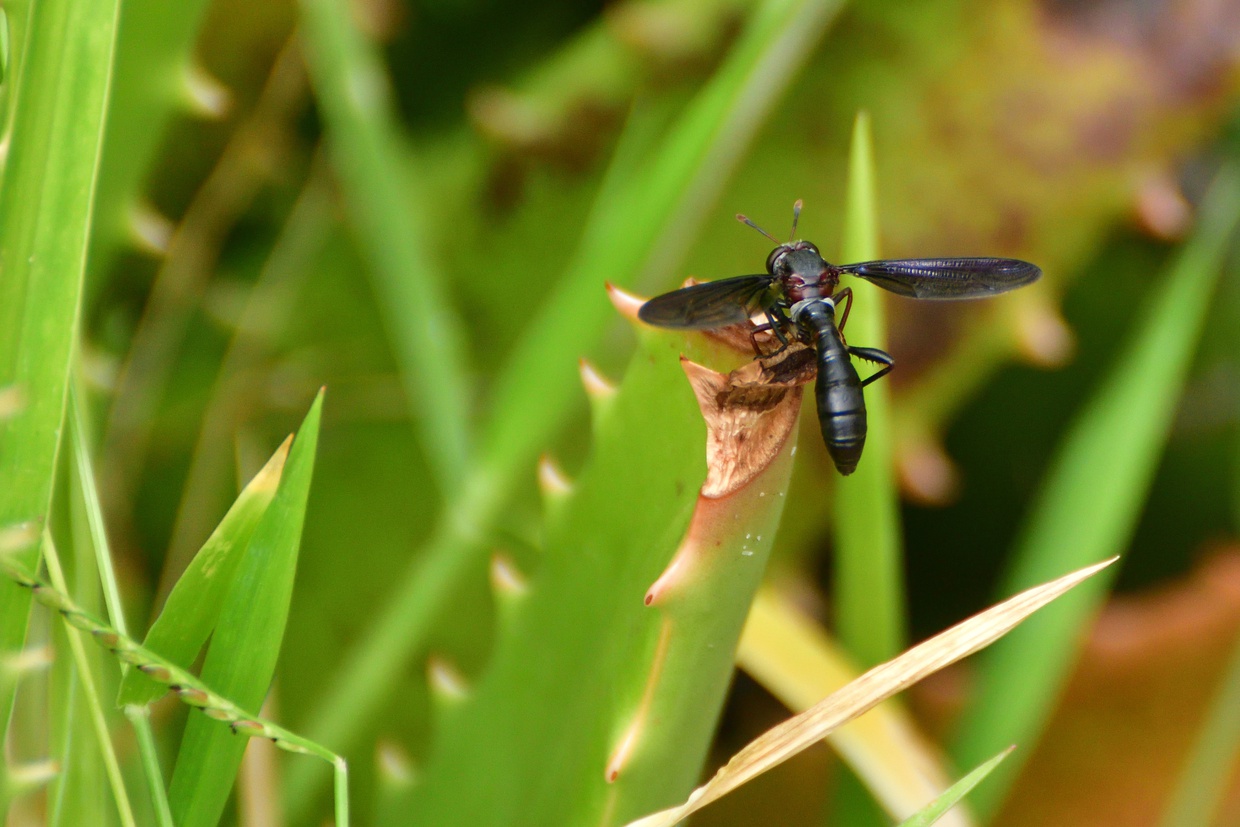
It is estimated that somewhere between 75 to 95% of all plants need to rely on pollinators to survive. There are around 180 000 known species of plants and around 1200 crop species that need pollinators to survive.
Plants have evolved to attract different types of pollinators, this is commonly called pollination syndromes. These characteristics include scent, colour and size of the flower, the amount of nectar, what the nectar tastes like, and ultraviolet patterns on the flowers, called nectar guides, as some birds and insects can see ultraviolet light.
Some plants have evolved to be pollinated by many different species, whilst others are only pollinated by a singular species.
Pollinators:
Bees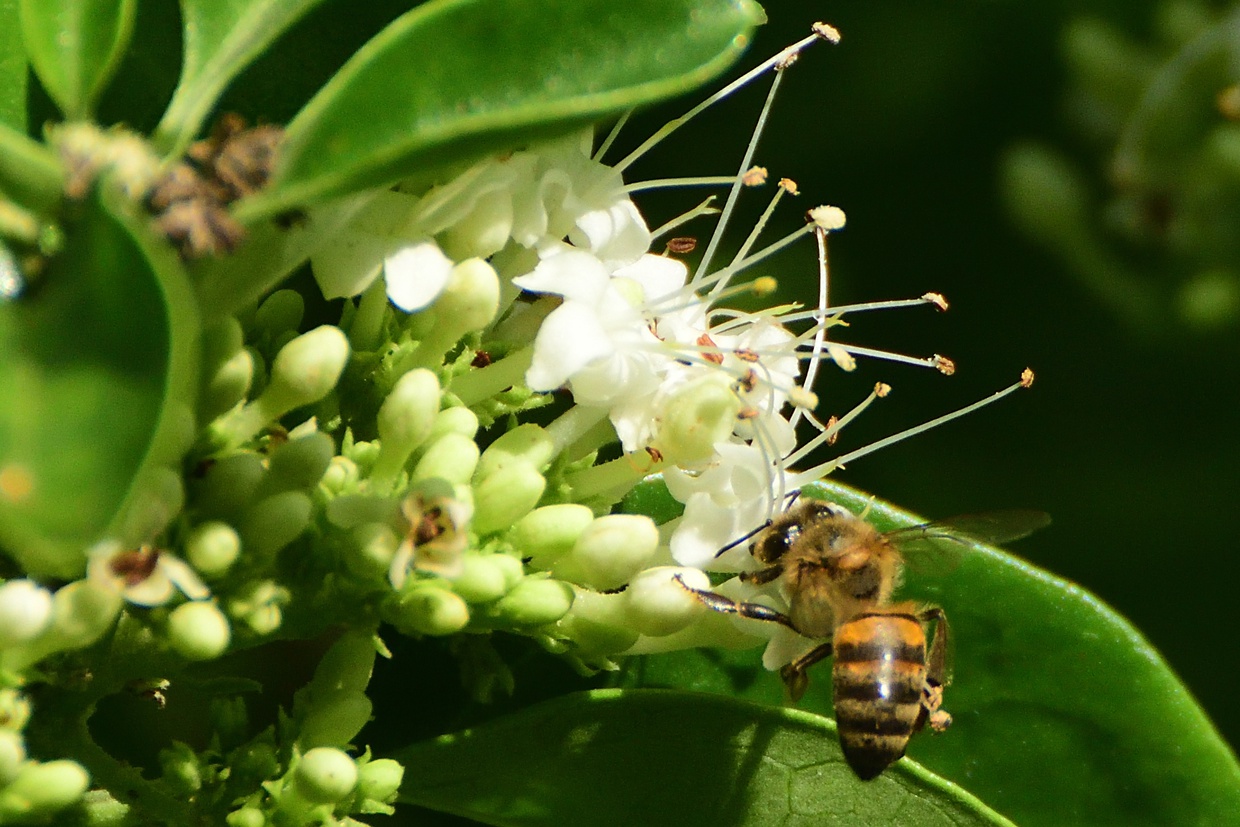
The best known bees are honey bees. There are over 20 000 species of bees found worldwide. Over 90% of bees lead a solitary life and most bees are sting-less.
Bees, typically are hairy or fuzzy and carry an electrostatic charge. Both these features help pollen grains adhere to their bodies. Honey bees collect nectar and pollen while travelling from flower to flower. The nectar is the energy for bee nutrition and pollen provides the protein, essential to nurture their young. While travelling from flower to flower, pollen is transferred.
Honey bees are important commercial pollinating agents, with millions of hives contracted out to pollinate crops worldwide.
It is estimated that around one third of the food we eat rely on honeybees for pollination.
Bumble bees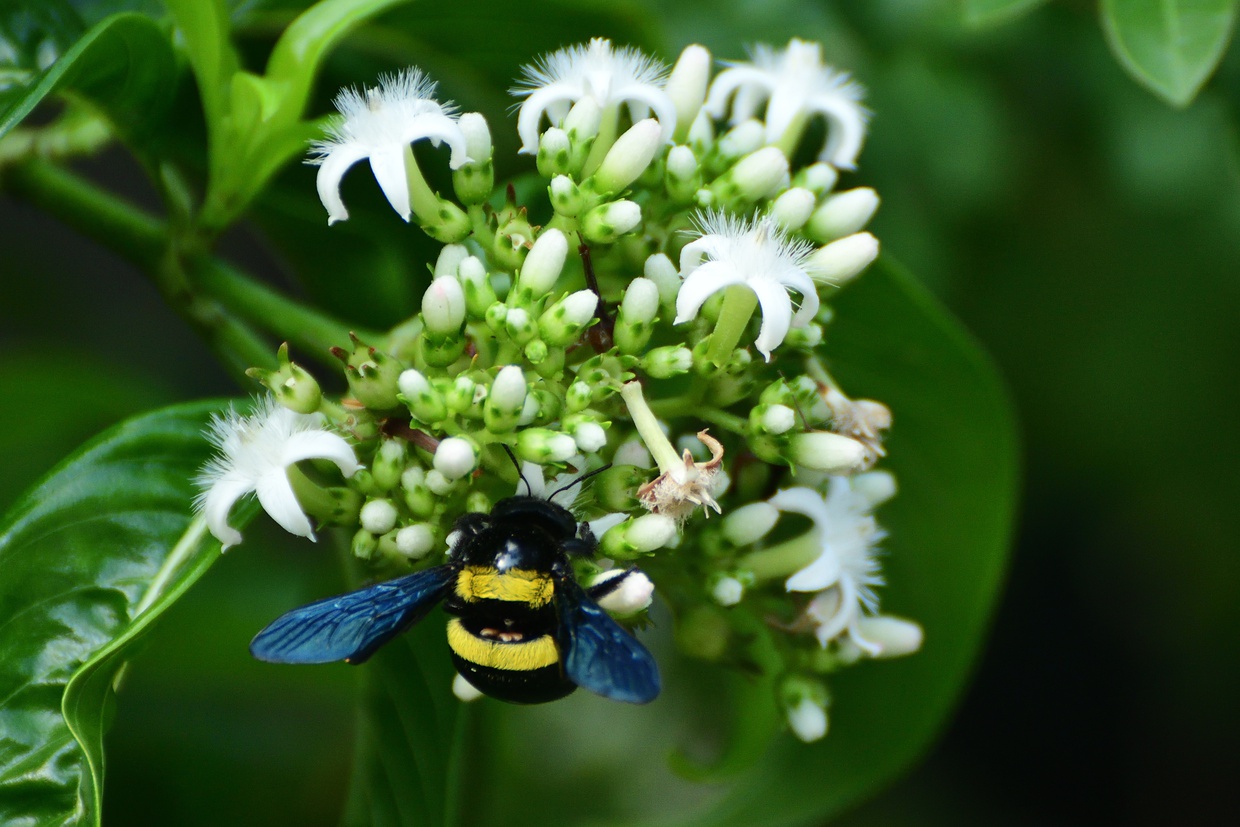
Bumble bees move pollen on their back legs in a structure called a corbicula or pollen basket. Bumble bees are collecting both nectar and pollen to feed themselves and their young. They then, inadvertently, transfer some pollen among the flowers as they are collecting.
Birds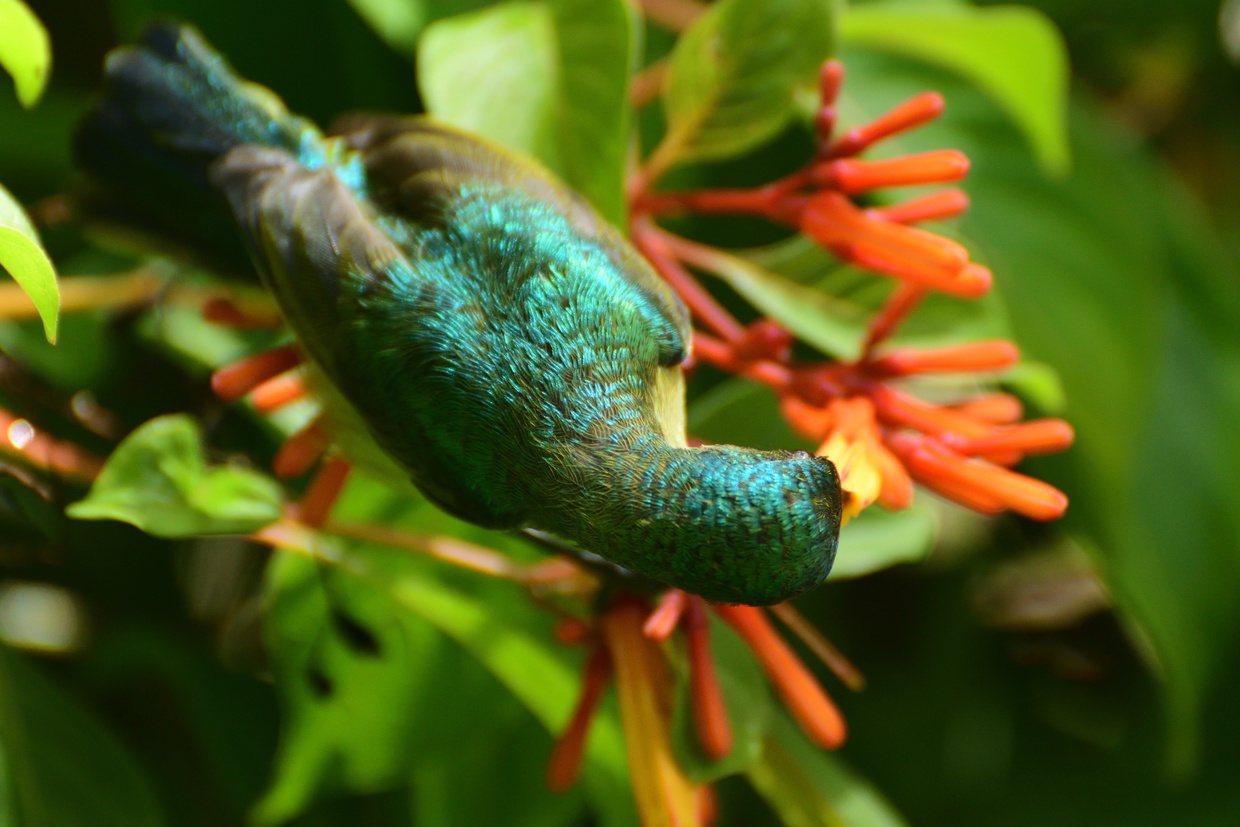
Up to 2000 species of birds worldwide play a role as pollinators. Some birds, like sunbirds and hummingbirds, feed on nectar rich flowers, as they fly from flower to flower, they spread the pollen.
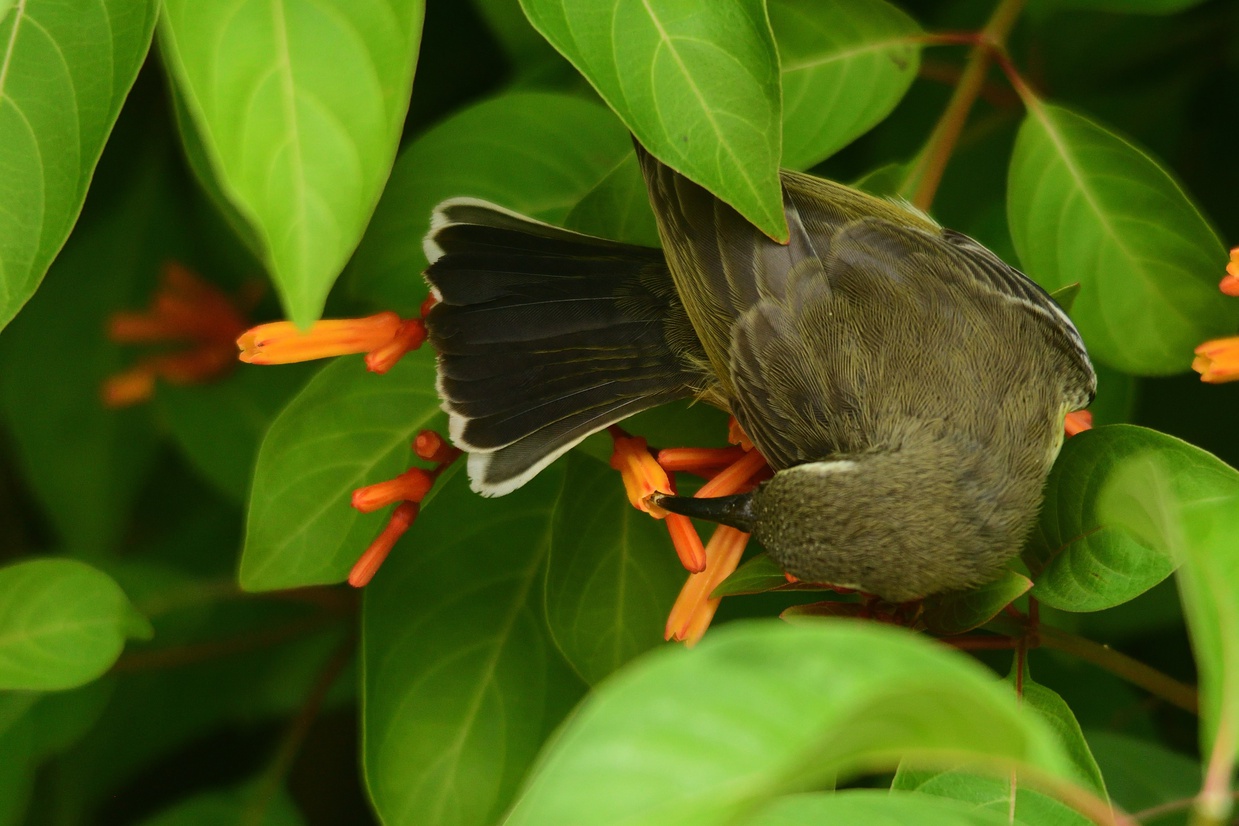
Other birds like swifts and martins actively hunt and feed on the insects that are attracted to the flowers, spreading pollen this way. Some birds like boubou’s and barbets feed on the fruit of the plants and brush against the flowers while eating, spreading pollen along the way.
Mammals
Many different mammals pollinate while feeding in or on the plants. The mammals include mice, monkeys, antelope, squirrels and many more. This pollination is more by accident, with the plants evolving to make use of the mammals.
Bats are one of the biggest mammal pollinators and the process is called chiropterophily. Bats are nocturnal and the plants they pollinate flower at night. The pollen sticks to the bats fur while they feed on the nectar. Bats are long range pollinators, due to their size, they can cover vast distances in a night. The main two plants that bats pollinate in our area are mangroves and baobabs.
Butterflies and Moths 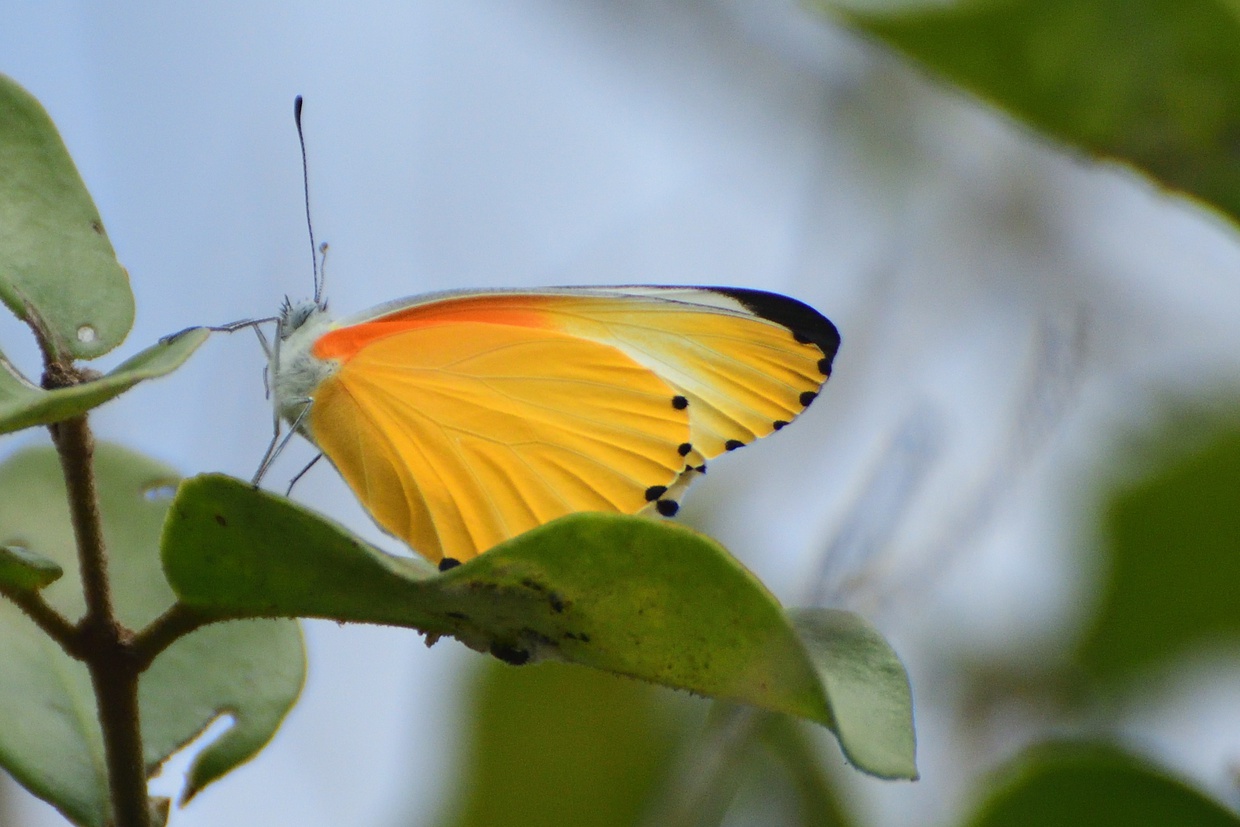
Butterflies and moths move pollen by “accident”. As they feed and drink from the flower's nectar, the pollen sticks to their bodies, this is then transferred between the flowers.
Wasps 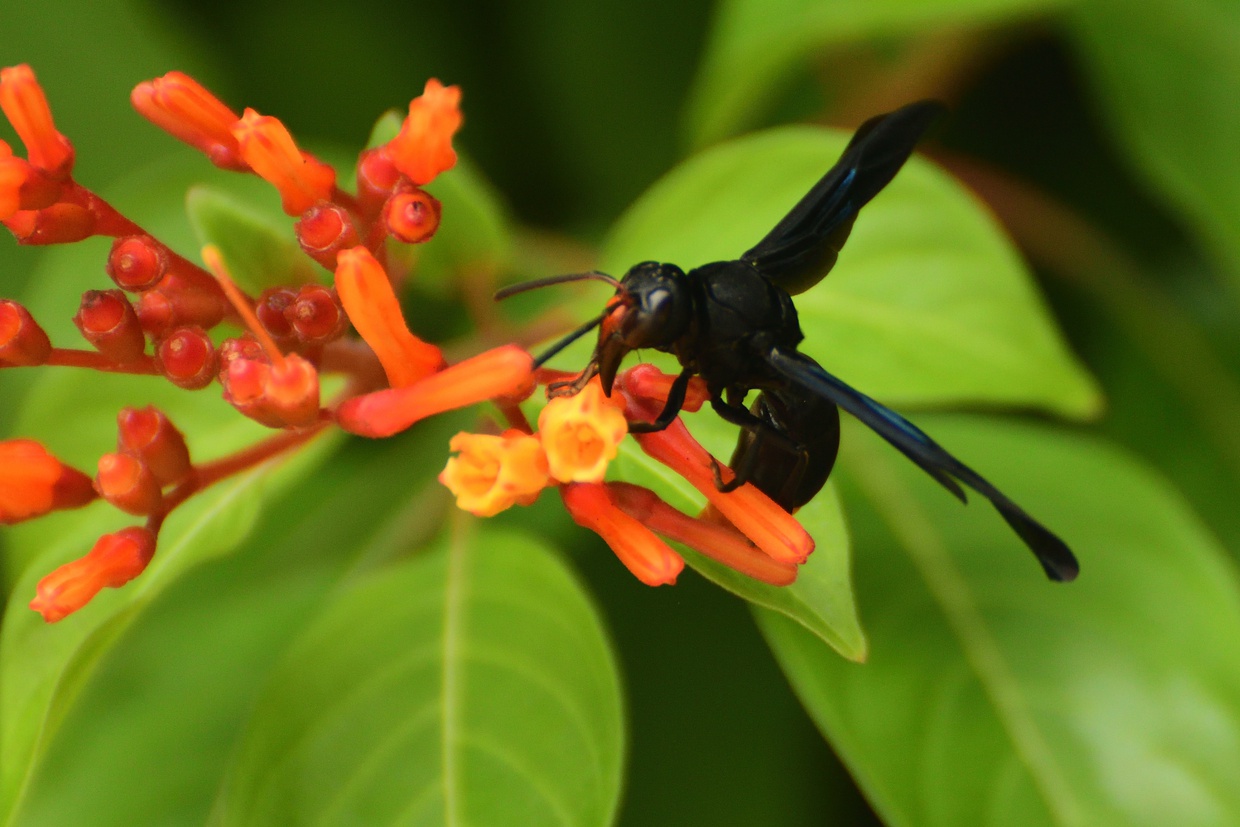
Most wasps are smooth bodied and carry pollen incidentally. From an evolutionary standpoint, bees are simply wasps that are vegetarian. Wasps are very adept hunters, keeping insect populations in balance and managing pests.
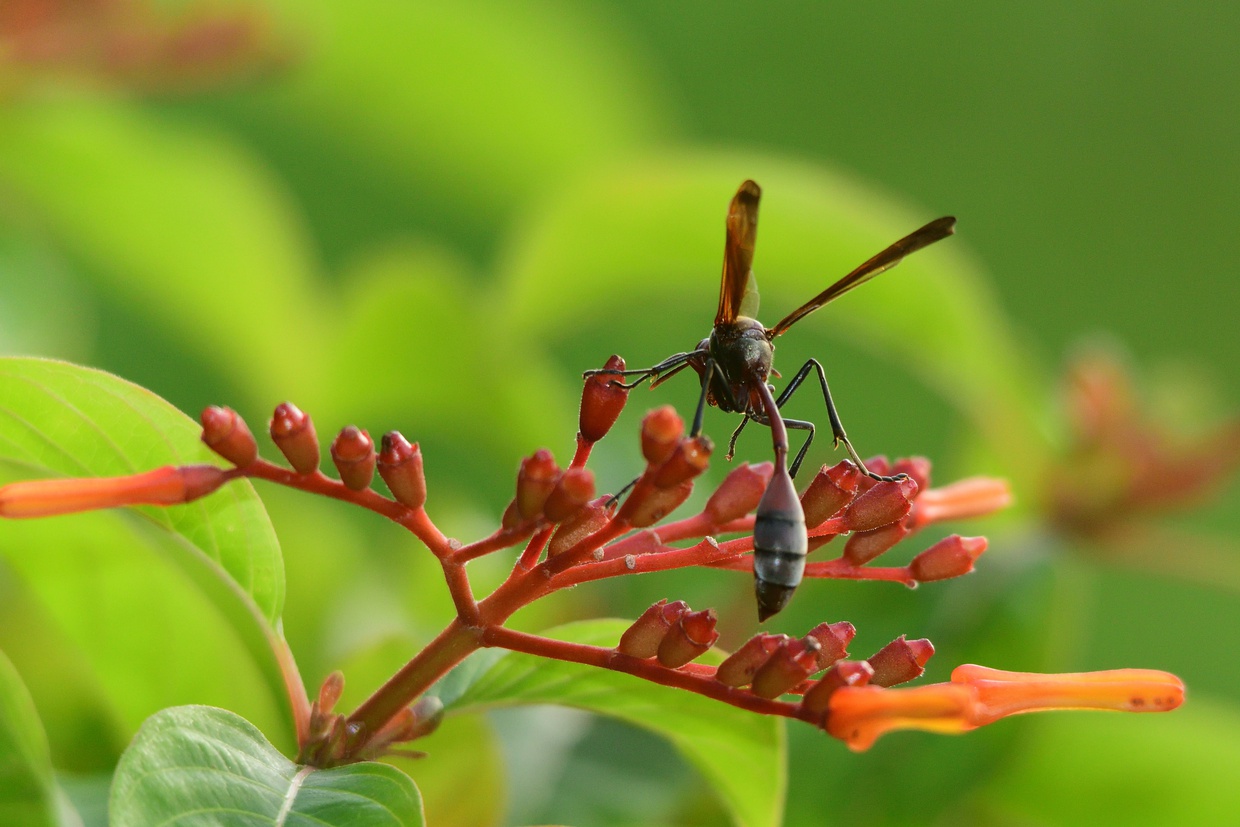
No wasps, no fig fruit, no fig trees. Fig wasps are responsible for pollination of most fig trees, they do this while laying their eggs in the fruit, pollinating the small flowers along the way.
Flies 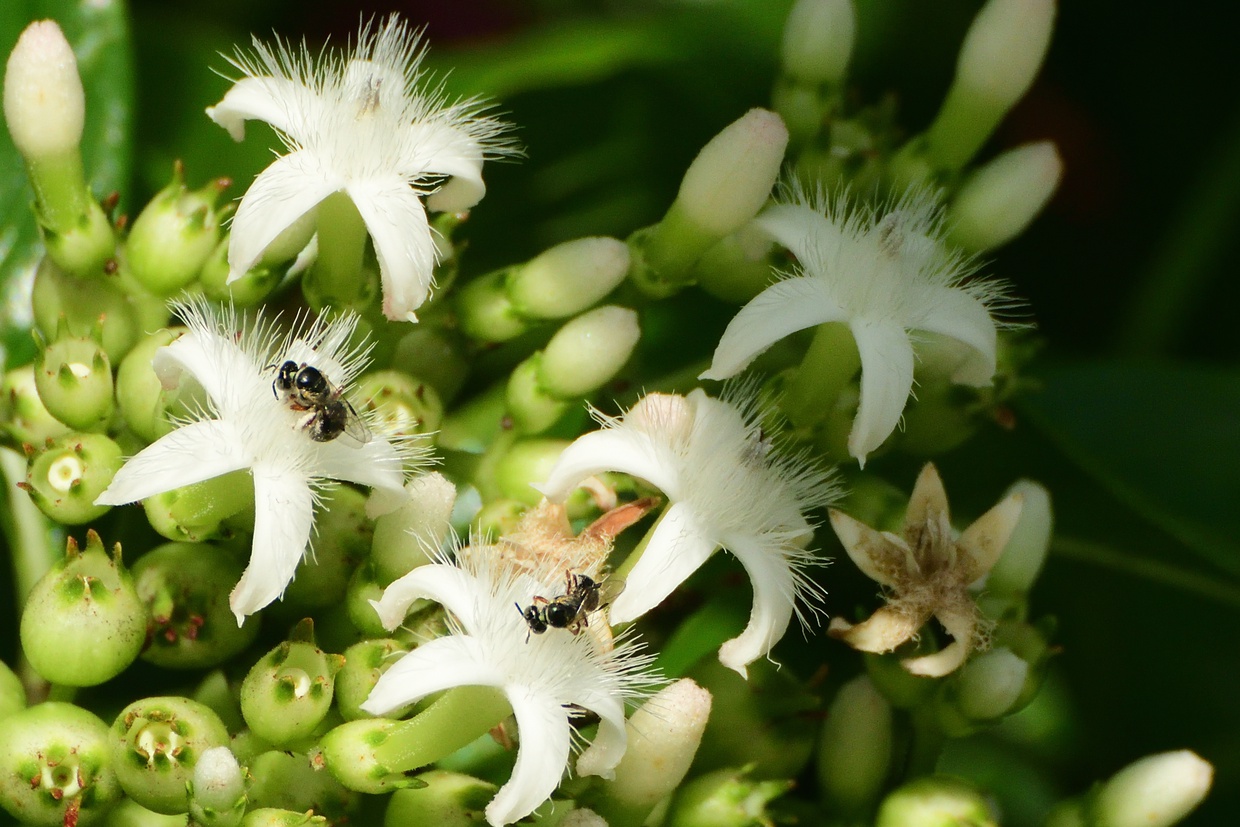
With 85 000 species of flies, they play an important part in overall pollination. They are an important food source for the birds that are also pollinators.
Fly pollination is essential to apples, peppers, mangroves and cashews.
Some plants have evolved to produce a scent like rotting flesh, this attracts flies to ensure that pollination takes place.
Beetles
Beetles are the most diverse group of organisms in the animal kingdom, as around 25% of all species described in the world is a beetle.
Beetles are the oldest known pollinators with fossil records dating from 150 million years. In areas where bees are scarce, beetles take over the main role of pollination. But, most beetles are considered “dirty” pollinators, as they cause damage while pollinating by eating and defecating on the flower.
Further Reading
As you walk around the gardens at Kijongo Bay Resort, you may be fortunate enough to see some strange nests amongst the leaves, these nests are made by weaver ants. We were quite intrigued by these nests, and so did some research and found them to be very interesting, and thought we would share this info with you.
Beachcombing in front of Kijongo Bay Resort, you never know what you might find. We came across quite a few brightly coloured starfish, and wanted to know more about these strange creatures, which we thought we would share with you.


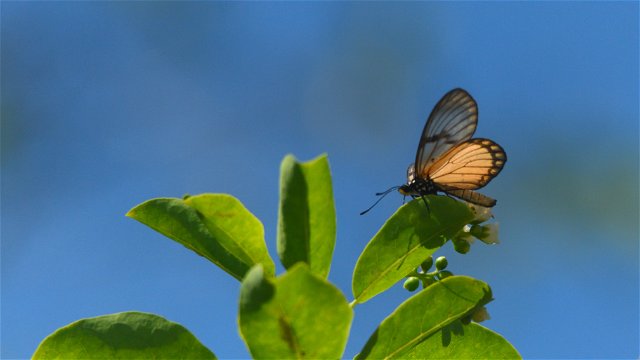

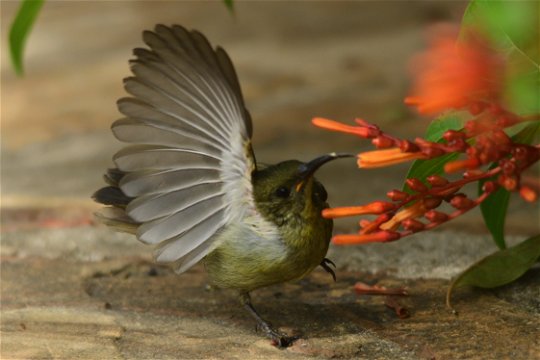
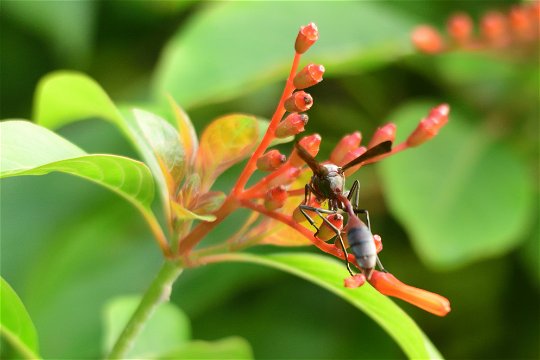
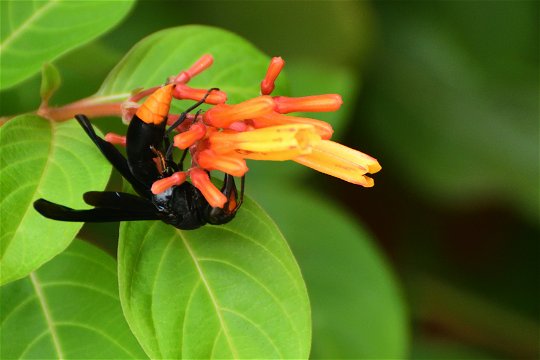
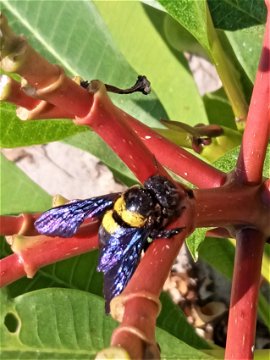






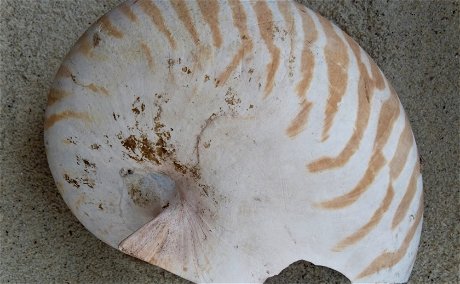
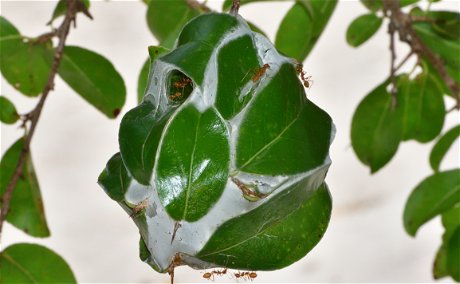

Share This Post